Want to win more jobs with less effort?
Grow your business and send quick quotes with our home service software.
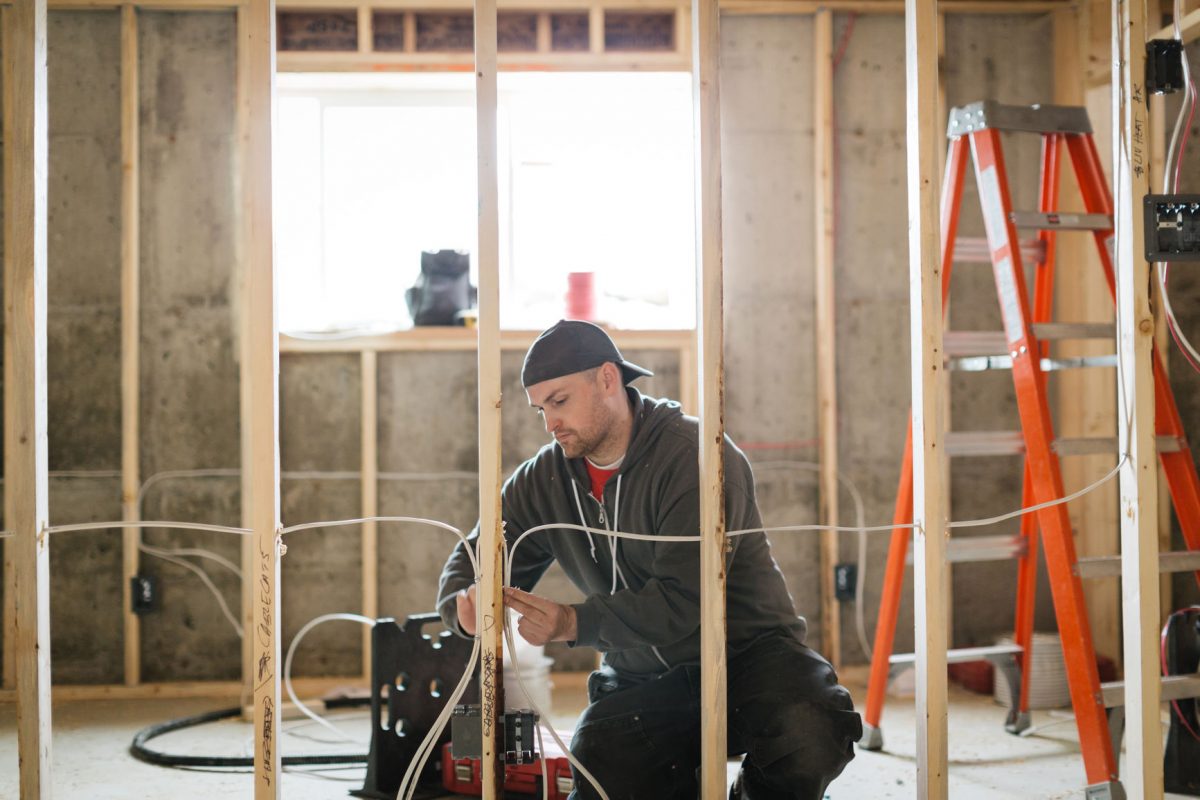
The U.S. electrical market is projected to reach $256.65 billion by 2029—up nearly $20 billion from 2023—making it a prime time to start your own electrical business. Whether you’ve been an electrical contractor for several years or are just breaking into the industry, business ownership is a great way to take control over your career and increase your earning potential.
To get your new company off the ground, you’ll need a clear plan for setup, marketing, and day-to-day operations. This guide covers what you need to know, plus advice from the following experts:
- Barret Abramow, co-owner of Grounded Electric.
- Caspar Matthews, director of Electcomm Group Electrical and Data.
Electrician business checklist
- Step 1: Complete electrician training and licensing
- Step 2: Determine your electrical business start-up costs
- Step 3: Create an electrical business plan
- Step 4: Register and license your electrician business
- Step 5: Get electrician business insurance and bonding
- Step 6: Set up business bank accounting
- Step 7: Buy electrician tools and equipment
- Step 8: Set electrician prices
- Step 9: Market your electrician business
- Step 10: Grow your electrical business
- How Housecall Pro's electrician software can help
Step 1: Complete electrician training and licensing
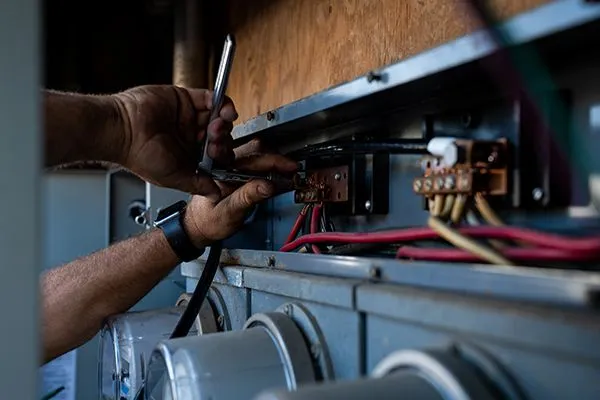
Nearly all states require an electrician’s license to perform electrical work, including supervised work done as an apprentice. In some states, licenses are issued at the county or city level. Because of the strict and varying requirements, always research what kind of license you need before you start working.
Here’s an overview of what your pathway will look like from licensing to business ownership:
- Start with education or an apprenticeship: Most electricians begin as apprentices or by attending a trade school or community college program. Training is split between supervised, hands-on experience and classroom learning. Coursework typically includes the National Electrical Code (NEC) and electrical theory.
- Earn your journeyman license: After completing your apprenticeship and required field hours (usually around 8,000, depending on your state), you can take the journeyman exam. As a journeyman, you can work unsupervised under a licensed contractor, master electrician, or government employer.
- Advance to master electrician or contractor status: After about 4–5 years (or the required field hours), you can apply for your state’s master electrician or electrical contractor license. This license allows you to open your own business and train apprentice and journeyman electricians.
Depending on where you live, you may also need to pass a Business & Law exam for your contractor license. Once you have the license, your state may require a certain number of hours of continuing education. Even if your state doesn’t, it’s wise to take classes on your own—especially on changes to the NEC.
Learn more: How to become an electrician
Consider specialization
If you have niche skills, you can work as a subcontractor on larger projects or bid for government contracts. For example, if you have specialized training in controls and instrumentation, you might contract with government nuclear power plants for specialized tasks. Specializing also allows you to focus deeper on the details of that type of job.
Here are some common options:
- Residential electricians: Focus on electrical systems in homes.
- Commercial electricians: Work with electrical systems in business establishments.
- Industrial electricians: Handle large-scale projects and complex machinery in factories, manufacturing plants, and power plants.
- Linemen (outside electricians): Install and maintain high-voltage transmission and distribution lines for utilities.
- Maintenance electricians: Monitor, inspect, and repair existing electrical systems in commercial or industrial settings.
“I recommend choosing a specialization based on two things: what work excites you and what your market needs,” Abramow says. “I started in residential because it was accessible, but later branched into small commercial jobs when I noticed demand in my area.”
You can narrow your specialization even further by focusing on niche roles, such as the following:
- Avionics electricians: A high-paying specialization involving aircraft electrical systems.
- Highway electrical systems electricians: Install and maintain electrical equipment on highways, including signage and streetlights.
- Instrumental electricians: Work with electrical instruments in large heating, cooling, and refrigeration units.
- Marine electricians: Install and maintain electrical systems on boats, ships, and yachts.
- Sign electricians: Install, repair, and maintain various types of electrical signs and lighting.
- Solar panel electricians: Specialize in installing, maintaining, and repairing solar panel systems and grids.
Many states require a specific license for specializations such as sign work, solar panel and grid work, and work on specific types of refrigeration units (EPA Section 608 Certification).
Pro tip: Starting with a general license then completing specialized training can help you build up your business while you work toward your niche.
Step 2: Determine your electrical business start-up costs
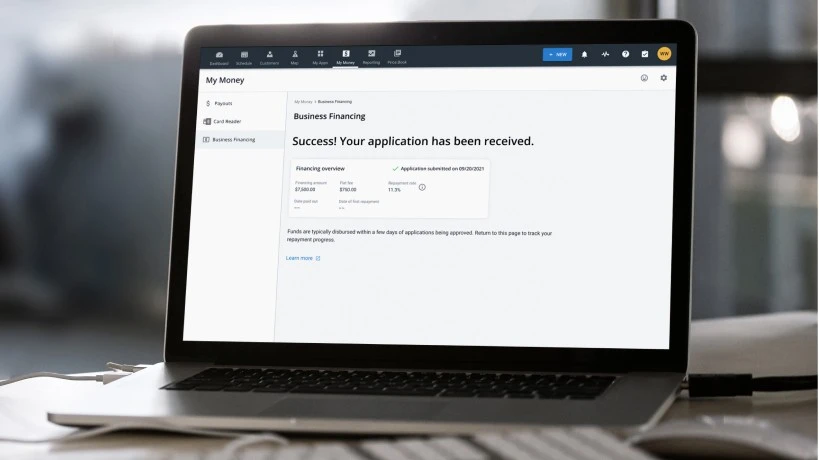
Expect to spend anywhere from $25,000–$85,000 to open your electrician business, depending on what equipment and tools you already have, where you live, and whether you plan to have a brick-and-mortar office or work out of your home. If you plan to offer specialty services, you may also need specialized equipment.
Budget for these common start-up costs:
- Licensing and certifications: $200–$1,500 (varies by state requirements)
- Business registration: $50–$500
- Legal consultations: $150–$500/hour
- Rent and utilities: $600–$3,500 per month (varies by location)
- Basic electrical toolkit: $100–$500
- Advanced electrical machinery: $1,000–$10,000
- Company vehicle: $10,000–$50,000 to lease or purchase, $200–$500 per month for maintenance and fuel
- Insurance: $2,700–$10,000/year (commercial auto, general liability, and workers’ compensation)
- Marketing: $2,500–$20,000/year
- Salaries and wages: $30,000–$100,000/year per employee
- Training programs: $100–$500 per session
- Inventory and materials: $1,000–$10,000
- Software and tech subscriptions: $300–$2,000/year
- Outsourcing costs (such as accounting): $0–$5,000/year
- Contingency fund: $1,000–$5,000
Your business plan should include your initial costs, as well as your monthly and annual expenses. Don’t forget to budget for annual recurring costs like insurance premiums and license renewal fees.
If you start your business as a solo electrical provider, you can save money on overhead by working out of your house. Since your jobs are on-site, it may not be worth the expense to have a shop.
You can also save money on admin tasks by using Housecall Pro’s electrical software. It facilitates online booking, automatically adds online jobs to your master schedule, and integrates with accounting software like QuickBooks, making invoicing and reconciling costs much easier.
Secure business financing
Many small business owners need financing or loans to get their ventures off the ground. If you don’t have the funds upfront, explore these financing opportunities as well as local opportunities through your union or local Chamber of Commerce.
- Government funding: The U.S. Department of Labor offers grants, including the Industry-Driven Skills Training Fund, which helps businesses train workers in essential industry skills. Some states also provide grants—for example, the Texas Workforce Commission offers grants to businesses that take on apprentices.
- Small Business Administration (SBA) loans: The SBA offers several small business grants, though eligibility can be limited. If you don’t qualify for a grant, SBA also provides low-interest loans, such as the popular SBA 7(a) loan, which many electricians can access.
- Business line of credit (banks and credit unions): A revolving, flexible funding option where you borrow only what you need, when you need it—paying interest only on the balance you carry. This was invaluable for Matthews when he started out. “A line of credit was better than a fixed loan [for me] because I didn’t have to add heavy repayments in periods of low productivity. Having $100,000 available without using it gave me the capacity to absorb material price variations. That buffer took a lot of pressure away from my cash flow.”
- Business grants: You may qualify for the FedEx Small Business Grant Contest, which awards $30,000 to winners who use FedEx printing and shipping services Some vendors and equipment suppliers also offer grants or discount programs, so it’s worth asking when sourcing supplies.
- Private lender loans: National Funding for Electricians offers loans for working capital and equipment. You can also apply through your local bank or credit union.
Learn more: Secure the funding you need to get your new electrical contracting business off the ground with business financing from Stripe Capital and Housecall Pro. Get approved as soon as the next business day.
Step 3: Create an electrical business plan

A business plan is your roadmap to starting your business, securing funding, identifying your competition, determining your target customers, and scaling over time. Most lenders require one as part of the loan application process, but it’s an important step even if you’re funding your electrical business on your own.
Pro tip: If you’re at the initial start-up or growth stage, it may be helpful to get a professional market analysis.
Executive summary, mission statement, and company description
Begin with a concise 30-word statement that explains your company’s purpose and guiding principles. For example:
- “To provide safe, reliable, and high-quality electrical services to new construction homes and older houses” would be a good mission statement for a local residential electrician business.
- “To provide specialized controls and instrumentation for solar panel, nuclear, wind, and geothermal power plants and grid work” would work well for a niche business.
After the mission statement, include:
- Your business’s legal structure (LLC, sole proprietorship, S-Corp, etc.), location, and service area.
- Your management structure (if applicable), including names, roles in the business, and relevant experience (e.g., Master Electrician of Record in Texas).
- A high-level overview of projected revenues, start-up costs, and profitability.
- Your short-term and long-term financial goals.
Research your market and competitors
Google Maps, Yelp, Angi, and Thumbtack can give you an idea of how many other electricians are in your service area and whether any of them offer niche services you plan to provide.
“I literally drove around neighborhoods and checked who had signage on their vans, then looked up their services online,” Abramow says. “Reading reviews also told me what clients felt was lacking—like slow response times or lack of 24/7 service. Those gaps became my opportunities.”
If you’re planning to offer specialty services, do another search for electricians + your specialty jobs, but this time look beyond your initial service area search. If your service area is 100 miles but another specialty provider is located 150 miles away, there’s a good chance they’ll be a competitor.
Next, check what your competitors offer in terms of service and pricing. See who offers flat-fee, per-job pricing, and hourly pricing to get an idea of the pricing your local market can support.
Look out for:
- Alternative energy jobs, like solar panel installations
- Bundled discounts
- EV charging port installation and maintenance
- New customer discounts
- Seasonal specials (holiday lighting, summer tune-ups, etc.)
- Smart home wiring
Choose which electrician services you’ll offer
Offer services you feel comfortable completing and doing right the first time. You can always add more services later, but when you’re starting a business, positive word-of-mouth is crucial.
Analyze local demand for electrical services. For example, if you live in an area with a lot of older homes, promote rewiring services to these homeowners. If you live in an area where alternative energy use is growing, promote these services.
Set business goals
Set your first-year business goals (for example, to break even or gain 100 new customers) into measurable, specific, and achievable quarterly objectives.
Then, consider your long-term goals and break them down into measurable one-year objectives. Lenders will look for quantifiable measures of business success when determining whether to extend a loan or a line of credit to you.
Pro tip: Customize Housecall Pro’s reporting dashboard to track your specific business goals. Monitoring service costs and client data will help you see which services are profitable and which ones need tweaking.
Step 4: Register and license your electrician business
In addition to an electrical contractor or general contractor license, you may also need a separate business license, issued by your state’s Department of Licensing and Regulation or Secretary of State. The Small Business Administration (SBA) lists each state’s business licensing issuing agency here.
Choose a business structure
To legally operate your electrical business, you’ll need to decide on a business structure. Here are the most common options:
- Sole proprietorship: The simplest option if you’re starting out on your own. You can file a “doing business as” (DBA) name to operate under something other than your personal name. However, keep in mind that you’ll be personally responsible for any business debts or lawsuits.
- Limited liability company (LLC): This protects your personal assets by legally separating them from your business. For example, if a client sues over an accident or property damage, only the LLC’s assets are at risk—not your personal savings or home.
- Corporation: This structure provides the strongest liability protection but comes with higher costs and more complex paperwork. It can be worthwhile if you’re planning significant growth.
Before registering your business, consult an experienced business attorney to discuss your options.
Register your electrical company name
Your business name should be unique but clearly convey the type of services you offer and the nature of your business. You can check if your proposed business name has already been registered on your state’s Comptroller or Secretary of State’s website.
Learn more: 200+ electrical company names for a powerful brand
Apply for a business license
In general, you’ll need to follow these steps to get a state or local business license:
- Register your business entity with the appropriate state government office.
- Get a free employer identification number (EIN) from the IRS for tax purposes.
- File a DBA with the county clerk’s office if you plan to operate under a name different from your legal name.
Pro tip: Store your business licenses, contractor license, EIN certificate, and all your other business legal documents in Housecall Pro. That way, you can present them on the spot, even from your phone.
Get In Touch: 858-842-5746
Software made for electricians
On average, Pros increase monthly revenue generated through Housecall Pro by 50% after their first year.
See plan options and feature breakdown on our pricing page.
Step 5: Get electrician business insurance and bonding
Your state will require proof of a minimum amount of insurance coverage to get your electrical contractor license. This is not a place to cut corners. Electrical-related injuries can be severe and poor electrical work can do serious damage. Having plenty of coverage will help you avoid financial losses, protect your business and personal assets, and give your clients more confidence in hiring you.
Generally, your electrician business will need:
- General liability insurance
- Workers’ compensation
- Commercial auto insurance (for service vehicles)
- Bonding (if required by contracts or law)
Get multiple quotes and look at each carrier’s deductible to find the best prices.
Step 6: Set up business bank accounting
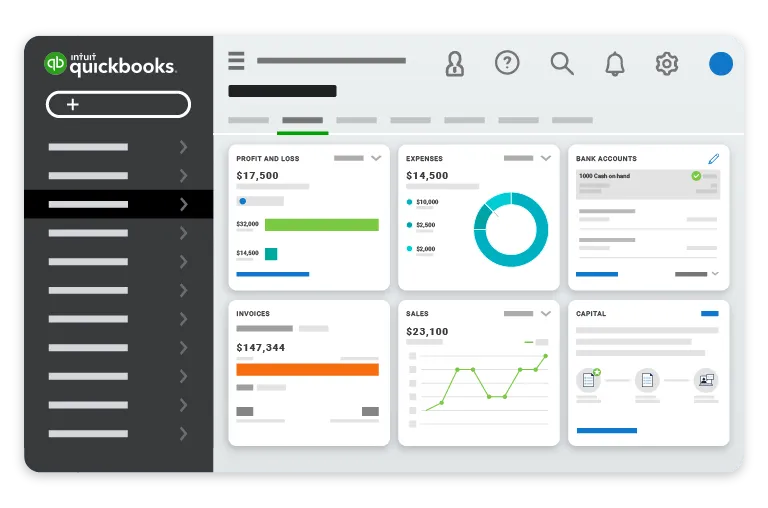
We highly recommend setting up business bank accounts separate from your personal accounts. All transactions—incoming and outgoing—related to your business should be done via a business account.
Proper accounting practices are important for managing your finances and prioritizing the business’s long-term success. This will simplify tracking expenses, managing cash flow, and preparing taxes. Additionally, set up accounting software to automate your financial management tasks. Consider hiring an accountant to help with bookkeeping, financial management, and tax preparation. An accountant can provide valuable insights, provide compliance with tax regulations, and help you make informed financial decisions.
Step 7: Buy electrician tools and equipment

Having the right tools and equipment is important for efficiency, safety, and professional service. The more tools you have, the wider variety of jobs you can complete.
Typical tools you’ll need to start an electrical business include:
| Category | Low-end/basic set-up cost | Mid-range/good quality cost | High-end/professional kit cost |
| Hand tools | $200–$350 (basic pliers, screwdrivers, wire strippers, tape, small tester, utility tools) | $400–$700 (better brand hand tools, insulated versions, more pieces) | $800–$1,500+ (insulated tools, full combo kits, premium brands) |
| Power tools | $300–$600 (basic drill, saw, cordless driver) | $800–$1,500 (quality cordless set, hammer drill, saws, etc.) | $2,000–$3,500+ (top brands, multiple battery platforms, heavier-duty tools) |
| Safety equipment | $150–$250 (basic glasses, gloves, boots, hard hat) | $300–$600 (better safety gear, more protective wear, maybe arc-flash rated) | $800+ (high spec safety clothing, respirators, specialized gear) |
| Vehicle & transport | $5,000–$10,000 (used van/truck, basic shelving/tool racks) | $15,000–$30,000 (newer work van, ladder racks, custom-fitted storage) | $40,000+ (new vehicle, fully outfitted, custom fit-outs, advanced GPS/trailer options) |
Expect to spend about $7,000–$25,000 on start-up costs, without a vehicle. Here are some tips to reduce initial costs
- Buy reliable used or refurbished items
- Budget for maintenance and replacement
- Lease equipment for specialty jobs until there’s enough client demand to buy
You can use Housecall Pro to manage your tool inventory, track maintenance schedules, and assign equipment to technicians.
Step 8: Set electrician prices
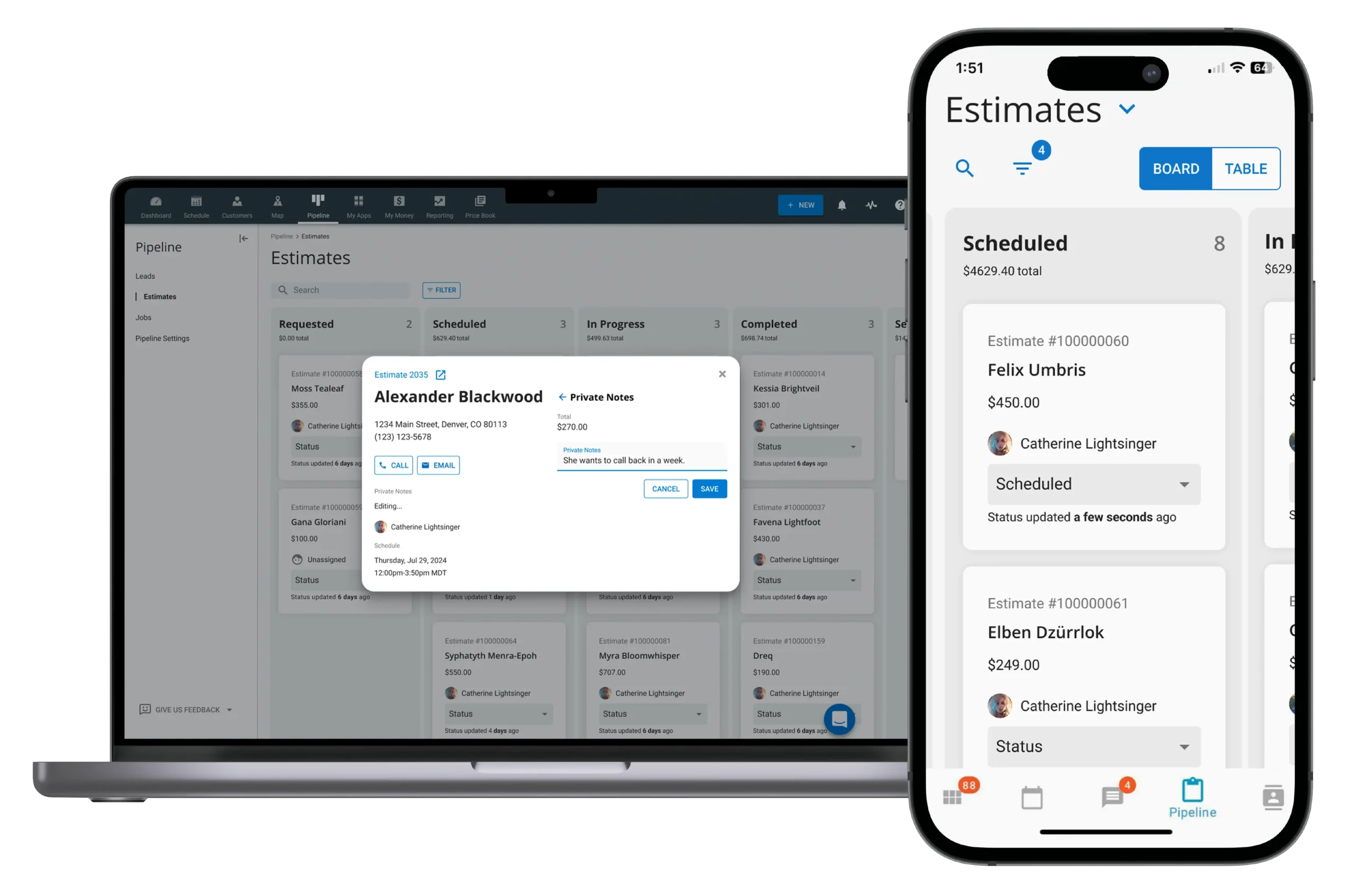
Electricians price work by the hour, by the job, or a combination of both. Here’s a look at your options:
- Hourly pricing: Charges customers based on time spent on the job. Best for complex or unpredictable projects, like troubleshooting or rewiring older homes with outdated electrical systems.
- Flat-rate pricing: Sets a fixed price for a defined service (e.g., $150 to install a ceiling fan, $200 for a panel inspection). Best for common, repeatable jobs where time and materials are predictable.
- Hybrid pricing: Combines hourly and flat-rate methods. For example, charging a flat fee for the first task, plus hourly charges for additional work.
Whichever pricing structure you choose, it’s essential to calculate the cost of each service before quoting customers. Use a consistent formula like below:
Service price = labor costs + material costs + overhead costs + profit margin
- Calculate your base costs: Add the total labor hours required (multiplied by your hourly rate), the cost of materials, and a share of your business overhead (insurance, vehicle expenses, office costs, etc.).
- Add your profit margin: Include a percentage (typically 10%–20%) on top of your base price to keep your business profitable.
Use our electrical pricing calculator to help set consistent pricing and avoid costly errors.
Step 9: Market your electrician business
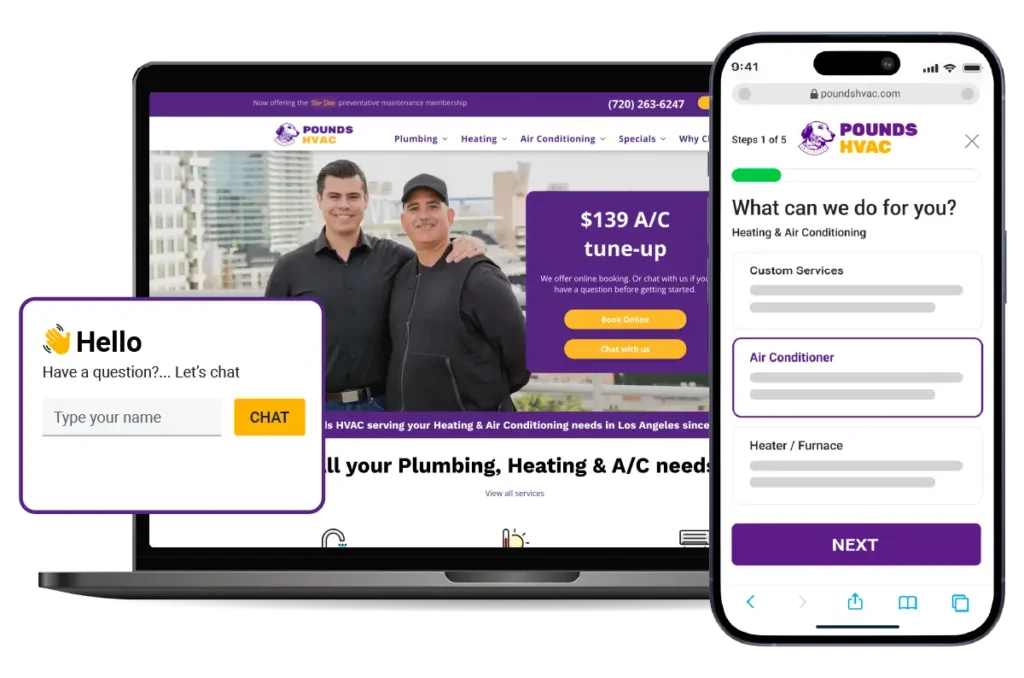
Customers need to know you exist to book your services. Marketing your electrical business is key to getting your name out there and reaching the right customers so you can grow your business effectively.
Develop an advertising and social media strategy in your marketing plan, including creating business social media profiles. Social media marketing has evolved far beyond Facebook ads; you have the opportunity to reach new customers through each of your business’s social media accounts. Your digital marketing plan might include:
- Google Business Profile (local search visibility)
- Simple website with service details and booking
- Social media (LinkedIn, Facebook, TikTok) with testimonials and photos
- Directory listings (Angi, Thumbtack, Houzz)
Housecall Pro integrates with third-party booking sites like Thumbtack and Angi, sending requests for estimates and booked jobs directly to your master calendar.
Design your brand
Your name, logo, and messaging should be consistent to build a recognizable brand. Check domain name and social media handle availability to see which ones are close to your company’s proposed name. You may decide to change the name to match the availability of catchy handles, making it easier for customers to remember you.
Build an online presence
More than 80% of customers do an online search before buying or booking. To make sure potential clients can find your business, build a strong online presence that highlights your services and expertise. At minimum, you should have:
- A Google Business Profile so you appear in local searches
- A simple website with service details and booking options
- Social media (LinkedIn, Facebook, TikTok) with testimonials and photos
- Directory listings (Angi, Thumbtack, Houzz)
Regularly update your profiles and website with new projects, photos, and customer reviews to stay visible and relevant. Respond promptly to inquiries and reviews to build trust and encourage repeat business.
Learn more: How to use SEO for your electrical business
Use offline marketing strategies
Traditional marketing can help you reach customers you might otherwise miss. Here are some key strategies:
- Mailers and flyers: Reach customers who are less active on social media with well-designed mail campaigns or door-to-door flyers.
- Local networking events: Attend events like Chamber of Commerce meetings to connect with both commercial and residential clients and generate referrals.
- Word-of-mouth referrals: Ask for reviews and referrals after completing each job, and train your team to do the same politely and effectively.
Matthews recommends doing letterbox drops with before and after photos after completing projects. “Paying $200 for a thousand flyers repeatedly brought in over $2,000 worth of booked work,” he says, noting this has been more effective for his business than online tactics. “When people see that a local property has been restored or upgraded, it gives them confidence to call.”
Step 10: Grow your electrical business

Once you’ve built a strong customer base and booked consistent jobs, scaling your electrical business can help you reach new heights. Consider:
- Bidding on government or commercial contracts.
- Offering maintenance agreements for recurring revenue.
- Expanding into niches like solar or EV charger installation.
Matthews expanded into commercial jobs by driving through industrial areas on weekends to see which sites were visually unfinished or abandoned. “These sites often needed contractors who would take on smaller work the large contractors ignored. I started with smaller jobs to establish traction from the work the bigger contractors ignored.”
Before committing to expansion, review your numbers and profitability to ensure you have the financial stability, resources, and capacity to grow without compromising service quality. Start with one new service at a time, evaluate its performance, and only scale once it proves profitable.
Free download: Electrical service agreement template
Hire electricians
If you’re regularly turning down jobs because you can’t handle the work, it’s probably time to hire more workers. Consider taking on an apprentice to help you with smaller tasks, or look for newly licensed journeyman electricians who want to expand their skills.
Your local IBEW union is an excellent resource for hiring, as are trade schools and community colleges. Come up with a great job description that clearly lays out the job’s responsibilities. Do market research on the average electrician salary in your area, and get that job description circulated on key sites such as Indeed and Monster.
Always check references, verify credentials, and ask potential employees to perform a few small practical tasks as part of the hiring process. If you need someone you can trust to work unsupervised, hire a licensed electrician with solid experience who you can trust to maintain your standards and reputation.
Learn more: Payroll from Housecall Pro has everything you need to keep your new team of electricians happy with bonuses, PTO, health insurance, and work comp.
How Housecall Pro’s electrician software can help
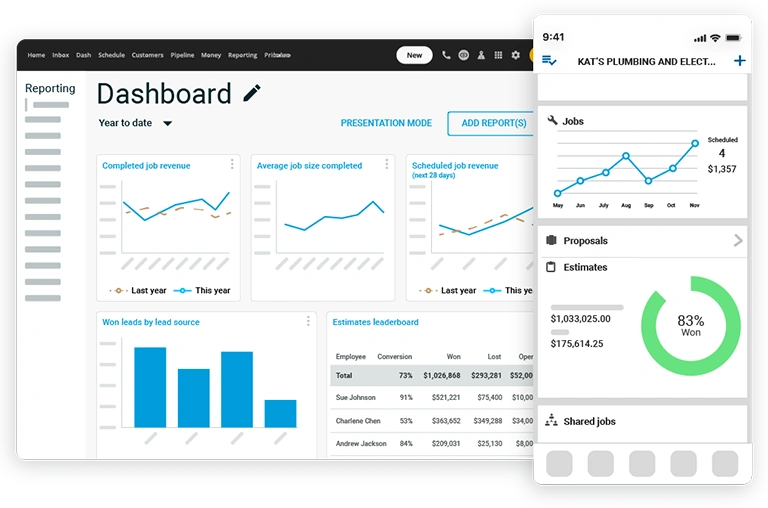
Housecall Pro is your all-in-one tool to organize your electrician business operations, help you manage customers, quotes, and invoicing, and track your business growth. Our fully customizable electrician software includes a mobile app to manage:
- Scheduling and client management: Book appointments, send reminders, and manage recurring jobs.
- Pricing and invoicing tools: Use price calculators and templates to set rates and quickly generate professional invoices.
- Marketing and client acquisition: Track reviews, automate follow-ups, and manage referral programs.
- Operational efficiency: Create custom quotes, process payments, and complete digital forms.
- Growth support: Manage employees, contractors, and multiple locations as your business scales.
Ready to start your electrical business on the right foot? Try our free 14-day trial to stay organized, secure more jobs, and grow your business from day one.
Starting an electrical business FAQ
-
Is owning an electrician company profitable?
-
Yes, owning an electrician company is profitable. If you manage costs effectively, price your services properly, and deliver consistently high-quality service, you can net over six figures in your first few years.
-
How hard is it to start an electrical business?
-
Starting an electrical business can be challenging but doable with the right preparation. You’ll need the proper licenses, insurance, and training, plus a solid plan for marketing, finances, and customer management. With experience, careful planning, and the right tools, you can launch a business in a matter of months.
-
How much should an electrical contractor charge per hour?
-
Your rates should reflect your geographical location, type of job, and experience level. In general, licensed electrical contractors charge between $50 and $150, with higher rates for emergency or specialty work.
-
Can I own an electrical company without being an electrician?
-
Yes, you can own the business, but you cannot perform electrical work without being a licensed electrician. You’ll need to hire electricians to work for you. You may also need a contractor license to operate, depending on your state’s laws.






